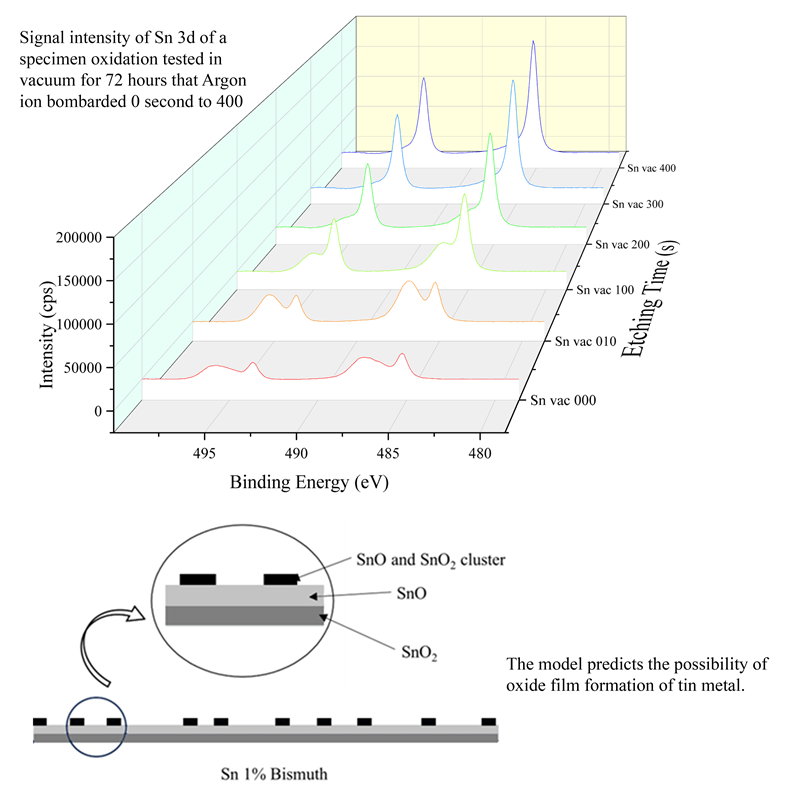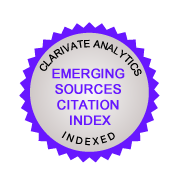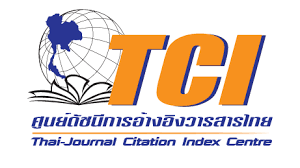Oxidation of Sn-1 wt.% Bi in air and in oxygen deprived environment
DOI:
https://doi.org/10.55713/jmmm.v35i3.2211Keywords:
Electrochemical analysis, Oxidation of tin, Thickness of tin oxide film, X-ray photoelectron spectroscopyAbstract
Oxidation of Sn-1wt% Bi in air and in oxygen deprived environment is studied in this research. Electrochemical process with SERA technique was used to determine oxide film thickness and rate of oxidation of tin alloy. The thickness of oxide film at 72 hours of the specimens that is tested in air, in vacuum, in argon environment, and wrapped with plastic film are 16, 10, 18, and 13 Å respectively. XPS was used to determine the type of oxides in the oxide layer. Result after signals deconvolution shows that SnO and SnO2 compounds were formed on the Sn-1wt% Bi surface.
Downloads
References
T. Naravuthichai, P. Visuttipitukul, S. Leelachao, and T. Luangvaranunt, "Oxidation behavior of Sn-1 wt% Bi alloy in air and deionized water at room temperature," Journal of Metals, Materials and Minerals, vol. 31, no. 4, pp. 45-50, 2021.
S. Cho, J. Yu, S. K. Kang, and D. Shih, "The oxidation of lead-free Sn alloys by electrochemical reduction analysis," JOM: the journal of the Minerals, Metals & Materials Society, vol. 57, no. 6, pp. 50-52, 2005. DOI: https://doi.org/10.1007/s11837-005-0136-8
D. Hillman, and L. Chumbley, "Characterization of tin oxidation products using sequential electrochemical reduction analysis (SERA)," Soldering and Surface Mount Technology, vol. 18, pp. 31-41, 2006. DOI: https://doi.org/10.1108/09540910610685420
S. K. Kang, D. Y. Shih, D. Leonard, D. W. Henderson, T. Gosselin, S. I, Cho, J. Yu, and W. K. Choi, “Controlling Ag3Sn plate formation in near-ternary-eutectic Sn-Ag-Cu solder by minor Zn alloying,” JOM: the journal of the Minerals, Metals & Materials Society, vol. 56, no. 6, pp.34-38, 2004. DOI: https://doi.org/10.1007/s11837-004-0108-4
D. M. Tench, D. P. Anderson, and P. Kim, "Solderability assessment via sequential electrochemical reduction analysis," Journal of Applied Electrochemistry, vol. 24, no. 1, pp. 18-29, 1994. DOI: https://doi.org/10.1007/BF00243325
A. Rezaie, H. Ghasemi, and F. Eslami, "An in-depth investigation of the impact of salt nature on the formulation of microemulsion systems," Scientific Reports, vol. 13, no. 1, p. 14362, 2023. DOI: https://doi.org/10.1038/s41598-023-40761-x
T. Bring, B. Jonson, L. Kloo, J. Rosdahl, and R. Wallenberg, "Colour development in copper ruby alkali silicate glasses. Part 1. The impact of tin(II) oxide, time and temperature," Glass Technology: European Journal of Glass Science and Technology Part A, Article vol. 48, no. 2, pp. 101-108, 2007.
N. N. N. N. Greenwood, "Chemistry of the elements," New York: Pergamon Press (in English), 1984.
L. Jie, and X. Chao, "XPS examination of tin oxide on float glass surface," Journal of Non-Crystalline Solids, vol. 119, no. 1, pp. 37-40, 1990. DOI: https://doi.org/10.1016/0022-3093(90)90238-H
T. Naravuthichai, "Kinetics of Tin Oxidation Under the Influence of Temperature, Time and Humidity," Metallurgical Engineering, Chulalongkorn University, Bangkok, 2020.
A. S. Khanna, "Chapter 6 - High temperature oxidation," in Handbook of Environmental Degradation of Materials, M. Kutz Ed. Norwich, NY: William Andrew Publishing, 2005, pp. 105-152. DOI: https://doi.org/10.1016/B978-081551500-5.50008-2

Downloads
Published
How to Cite
Issue
Section
Categories
License
Copyright (c) 2025 Journal of Metals, Materials and Minerals

This work is licensed under a Creative Commons Attribution-NonCommercial-NoDerivatives 4.0 International License.
Authors who publish in this journal agree to the following terms:
- Authors retain copyright and grant the journal right of first publication with the work simultaneously licensed under a Creative Commons Attribution License that allows others to share the work with an acknowledgment of the work's authorship and initial publication in this journal.
- Authors are able to enter into separate, additional contractual arrangements for the non-exclusive distribution of the journal's published version of the work (e.g., post it to an institutional repository or publish it in a book), with an acknowledgment of its initial publication in this journal.












